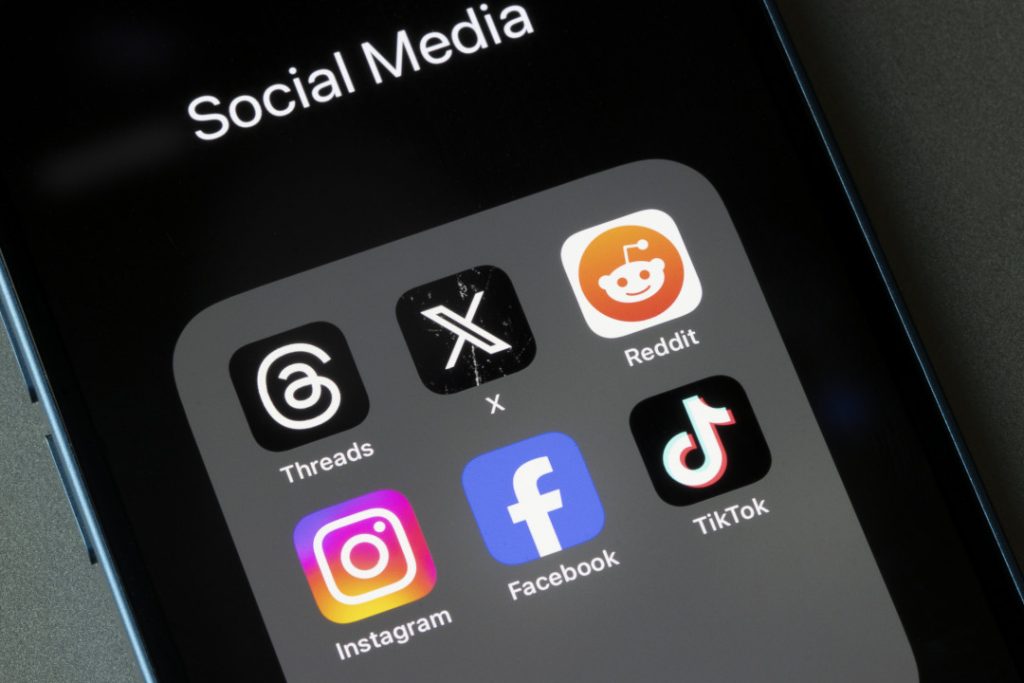Many B2B marketers miss opportunities to create more leads that generate increased sales opportunities because they don’t understand the sequential order of how people process information to make buying decisions. Whether making a buying decision as a consumer or a buyer of business products or services, the way our brains work in the buying process is exactly the same.
The three stages of the psychological buying process follow exactly our brain’s growth progression in utero.

Stage 1: Reptilian
Our natural fight-or-flight response to a new situation plays out in marketing parlance as, “Am I attracted to this brand or not?” If not, game over. If so, we move to the next stage.
Stage 2: Emotional
Once attracted to a brand, the question becomes, “How do I feel about it?” If the brand experience doesn’t feel right, game over. If it does, we want to know more so we move to the next stage.
Stage 3: Rational
We humans buy on emotion then justify our buying decision with rational thought. One example of our thinking might be: “I love the way I feel driving that red sports car! If I refinance my home mortgage, I could afford the car payments.”
But herein lies our biggest marketing and sales challenge:
95% of our thinking is subconscious, and that is where the first two stages of our buying process occur. Only 5% of what goes on in our heads is rational thought.
Think about that for a moment. You know how busy you are, what you have to do at work this week and at home with your family over the weekend, and that of which you are aware is only 5% of what is going on inside your head. It takes a while for that fact to soak in and make sense, but it is true.
If we lead our marketing and advertising efforts with rational messaging, we are not going to be as successful as when we lead with a relevant message that resonates as an emotional connection with our prospects and customers. We want to use that emotional connection to hook them and drag them into our sales cycle. There definitely is a time and place in the sales cycle where your prospects and customers want rational information, but it surely won’t get them interested in your brand in the first place, because that’s not the way the brain works.
Two long-standing B2B business axioms come to mind while we are on this topic.
Remember the old sales mantra, “Lead with benefits, not features”? Benefits are emotionally relevant to customers. Features are rational.
We used to say, “People don’t buy from companies. They buy from people who work at those companies. It is all about personal relationships.” But we now live in an interactive, technological world where we do business with brands but have never met a person working there. Amazon and LL Bean are two such companies that come to mind.
The same subconscious buying process is occurring whether your relationship is with a brand or a person—and whether you sell in the consumer or B2B space.
So how do you learn what is most relevant and appealing to your prospects and customers? Use qualitative research to layer over your quantitative research. Quantitative learning tells you what your customers think. Qualitative learning will tell you why they think it and how they feel about your brand, buying experience, products, and competitors.




